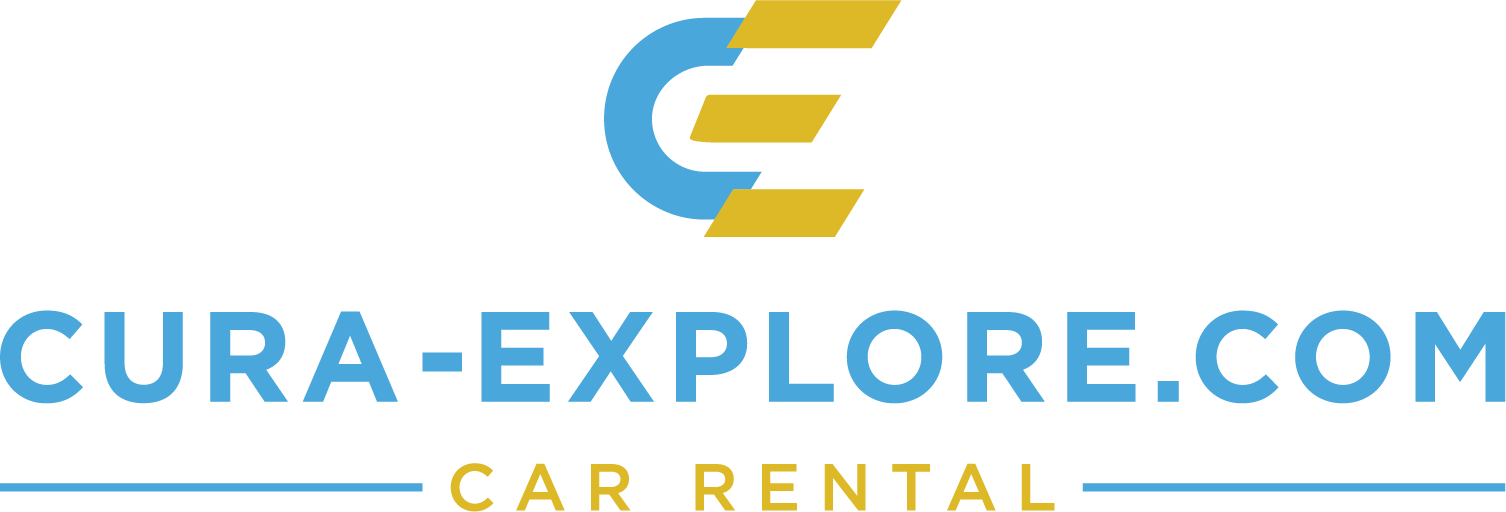If you’re vacationing in Curaçao – and especially if you’re renting a car – it’s helpful to know in advance how best to pay. Although the island is modern in terms of convenience, there are a few local peculiarities you need to be aware of as a tourist. Here we explain them for you.
💸 Currency types: What is common?
The official currency in Curaçao is the Caribbean Guilder (XCG. Formerly Antillean Guilder, also known as ANG). It is pegged to the U.S. dollar (USD) with an exchange rate of approximately 1 USD = 1.78 XCG. Therefore, you can pay with American dollars in almost the entire island.
The euro (EUR) is not an official currency and is only accepted in some tourist places (such as hotels, diving schools or car rental companies) – often at an unfavorable rate.📱 Tip: Use a currency conversion app such as XE Currency Converter or Currency – exchange rates to quickly see how much you are paying.

💳 Paying with debit and credit cards
You can pay with a debit card or credit card in most places on Curaçao, but there are a few important points to note:
- ✅ Before leaving, set your debit card to “world coverage” in your banking app (especially at ING, Rabobank and ABN AMRO).
Otherwise, your payments will be declined because Curaçao is outside of Europe. - 🛑 Contactless payment is limited to 100 XCG per transaction. Higher amounts require you to physically insert your card and key in your PIN.
- 💳 Credit cards (Visa/Mastercard) can be used almost everywhere, but are often charged 3-5% more because of transaction fees. American Express is not accepted in most places.
- 💰 Credit card transactions are always processed in USD, regardless of the local currency.
- 🏦 Debit cards (debit cards) are always charged in XCG unless otherwise indicated.
- 💳 V-Pay usually works at stores (in USD), but not at ATMs – so bring a backup card.
🛠️ Fueling: pay first, then fill up
At gas stations in Curaçao, things work differently than in the Netherlands: you have to pay at the cash register before you can fill up. You enter how much XCG you want to fill up for, or say “full” and pay the expected amount.
🔐 Tip: Many vending machines allow you to pay by debit or credit card, but make sure your card is on world coverage. When in doubt, bring cash for refueling.

🏧 Cash withdrawals
Do you still want to withdraw some cash (XCG or USD)? Then keep in mind:
- 💲 A withdrawal costs an average of $7 to $10 per transaction (depending on your bank and ATM).
- 🏦 You can withdraw money from ATMs of MCB, Banco di Caribe, or Orco Bank.
Use cash only where necessary, such as at local markets or for tips.
💡 Additional tips for payments on Curacao
- 📵 Sometimes debit cards don’t work in small restaurants or beach bars, especially at ATMs with poor Internet connection – so always bring some cash.
- 💡 Some supermarkets ask for ID when paying by credit card.
- 🏝️ Tourist activities, such as boat trips or car rentals, often charge extra for credit card payments – pay by debit or cash here if possible.
- 💱 The exchange rate in stores is sometimes 1.75 or 1.80 for USD: be careful with change when paying with dollars. Change is almost always given back in XCG.
🚗 Why this is important in car rental?
When you rent a car from Cura Explore, it is essential that you have a good working debit or credit card or have cash with you. We accept XCG, USD and Euro. The deposit is usually reserved via credit card but can also be left in cash. It is also helpful to be prepared for fueling, parking and activities along the way.
✅ Summary: What should you bring?
- ✅ Physical debit card (as well as credit card)
- ✅ Set debit card to world coverage
- ✅ Take some cash with you (for emergencies)
- ✅ Download a currency app
- ✅ Expect 3-5% surcharge for credit card use
At Cura Explore we are happy to give you advice on paying, withdrawing money or which card works best for your travel style. This way you will always be well prepared for your trip.
Do you have questions when picking up your rental car? We will be happy to help you!
